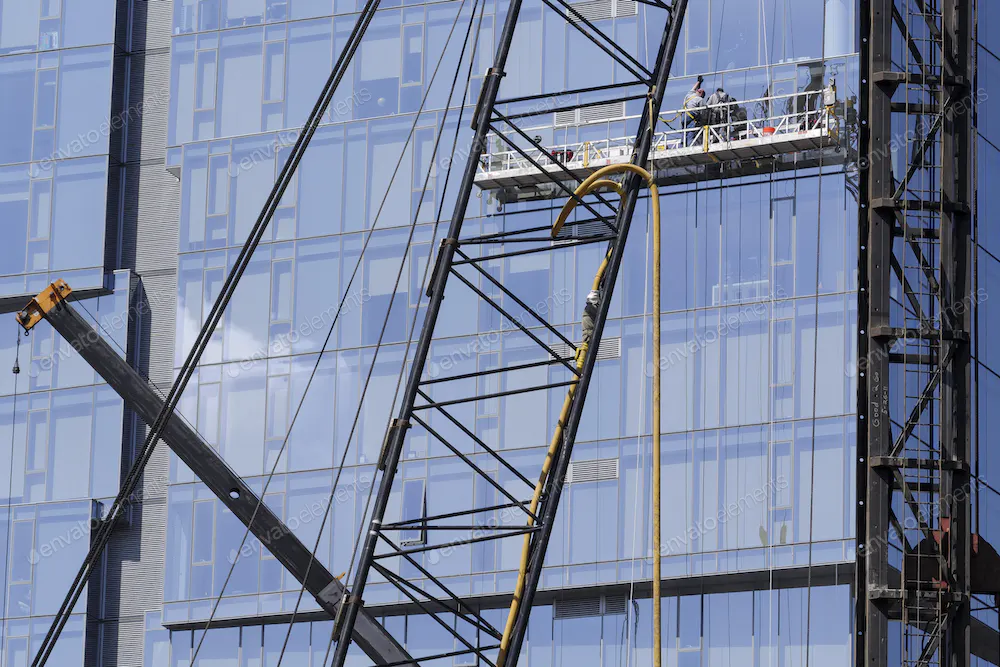Jason Wible of FrenchCreek: Your Guide to Fall Protection
 |
| elements.envato.com |
|
|
Jason Wible of FrenchCreek on the Importance of Fall Protection
A safe workday guarantees a productive time on the job site. The safety and security of construction workers must be prioritized. To protect employees from falls and injuries, fall protection and prevention systems must be in place, according to Jason Wible of FrenchCreek.
A Look Into Fall Prevention Systems
Establishing a safe workplace and equipping the staff must go together. Fall prevention and fall protection training is essential to keeping employees safe from accidents and injuries on the job site. A complete fall arrest system guarantees workers' safety should they get into an accident. The secure attachment point for the fall arrest system is the anchor or anchorage connection. The ideal anchor type may change depending on the requirements of the industry. A full-body harness known as the body support is a point of contact for the fall arrest system. These harnesses are designed to protect construction personnel during a fall. Harnesses can distribute the pressure from the call throughout a person's upper thighs, pelvis, shoulders, and chest. The anchorage point and full-body harness are joined via a connecting device. Among the most common connecting tools are shock-absorbing lanyards and self-retracting lifelines. Safety officers and other employees on the site use a device called a descent or rescue to lift or lower a fallen worker. Training for a safe rescue is critical in maintaining the safety and protection of employees in the workplace.
Other Fall Prevention Systems
Employees must have personal safety equipment such as safety lanyards, full-body harnesses, and self-retracting lifelines when working on a project site. According to Jason Wible of FrenchCreek, construction sites need safety gear such as rescue systems, confined space systems, horizontal lifeline systems, and vertical climbing systems. Safety tools, including safety harnesses, lines, handrails, and stair railings, assist in ensuring the workers' safety throughout the project. Employees must not spend on their safety gear at work. Employers must provide workers with safety gear before heading out to the site. Such provisions help ensure the safe completion of projects.
 |
| elements.envato.com |
Why a Trained Workforce Matters
Companies must consider choosing qualified candidates with the knowledge and abilities needed for manual work. Jason Wible of FrenchCreek points out that delivering motivational workshops frequently raises staff morale. Also, incentives for exceptional performance and injury-free months will encourage staff to adhere to safety requirements. Regular training is necessary for fall protection and fall prevention. Regular risk assessments, like daily walkthroughs, are an excellent approach to spotting possible risks in the workplace. Construction companies must ensure workers have safety gear that meets industry requirements.
For more updates on fall protection and fall prevention systems from Jason Wible of FrenchCreek, visit this blog.



Comments
Post a Comment